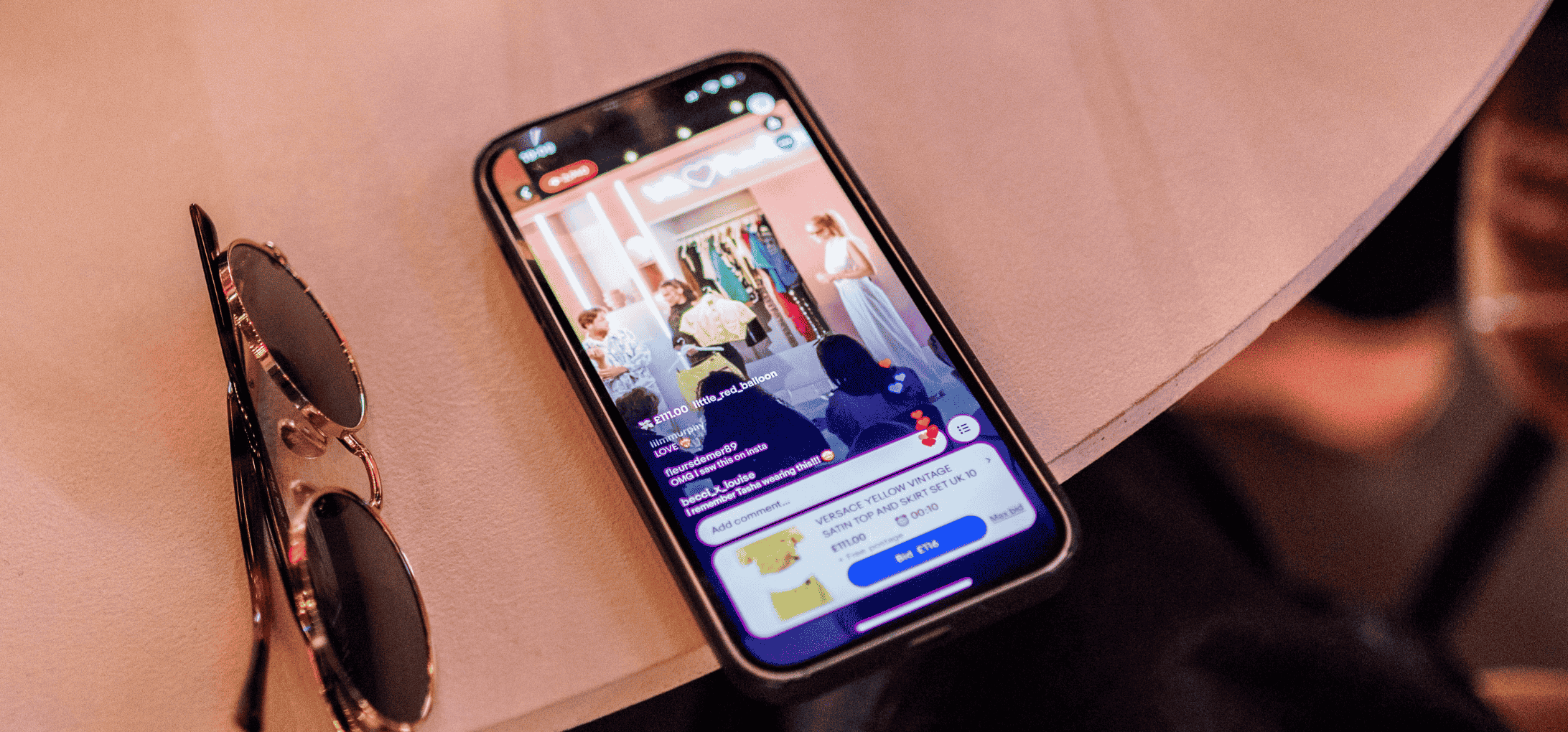User-Generated Content vs Customer-Generated Content

UGC vs. CGC: What’s the difference and how can brands leverage both?
At first glance, User-Generated Content (UGC) and Customer-Generated Content (CGC) may seem interchangeable, but there are key differences that set them apart. UGC is usually created for entertainment, self-expression, or to share knowledge, without a direct intent to promote a brand. Meanwhile, CGC is specifically shared to highlight experiences with a product or service, offering useful feedback for both brands and potential buyers. The two serve distinct roles in a brand’s content marketing strategy, and understanding the difference is key to leveraging them effectively for brand engagement and organic brand advocacy.

User-generated content: the broad spectrum
UGC is any content, photos, videos, testimonials, reviews, even memes, created by people who interact with your brand. The key here? These creators don’t necessarily have to be paying customers. Fans, influencers, employees, or even casual followers on social media can all contribute UGC.
How does it help? It’s organic, authentic, and builds community. It shows that people are engaging with your brand in ways you couldn’t script. It boosts brand visibility and reach, especially when leveraged through hashtag campaigns and social media challenges.
Think of Apple’s famous #ShotOniPhone, where users submit pictures taken on their iPhone and winners are featured on the brand’s social media. It’s a win-win: customers get their moment of fame, and Apple gets free, highly engaging content.
Customer-generated content: the power of advocacy
CGC, on the other hand, is content created by actual customers. It’s a subset of UGC but with a crucial difference - it comes from people who have spent money on your product or service. That makes it incredibly powerful as it carries the weight of real-world product experience and genuine customer advocacy.
Why should brands care? CGC provides social proof that your product does what it says on the tin. From glowing Amazon reviews to unboxing videos on TikTok, CGC helps convert skeptics into buyers. Take Glossier, for example. It has built an empire on CGC, reposting customers’ skincare routines and making their buyers the face of their brand, making the brand feel more authentic and community driven.

How brands can use both effectively
- Encourage UGC to build hype: run hashtag campaigns, create Instagram worthy moments, or offer incentives for engagement. Spotify Wrapped is a prime example where users share their yearly listening stats, giving Spotify millions of free impressions.
- Leverage CGC to boost credibility: feature real customer testimonials on your website, amplify user reviews, or showcase case studies. Gymshark, for instance, heavily incorporates customer stories into their content, making fitness transformations central to their brand narrative.
- Blend the two for a balanced strategy: the best brands don’t choose one over the other, they use both. Nike blends CGC through customer reviews and athlete endorsements with UGC via viral campaigns like #JustDoIt, inspiring everyday users to create and share content. By incorporating both UGC and CGC into your marketing, you’re showcasing not only the voice of your community but also the genuine experiences of your customers. This blend of real voices and authentic feedback helps your brand stand out, building trust and credibility in an overcrowded market.
Looking to integrate CGC and UGC into your brand strategy? At SEEN Connects, we craft data-driven strategies that turn customers and communities into your biggest advocates. Let’s chat and bring your brand story to life.
TL;DR
What’s the difference, and how can brands leverage both for engagement and advocacy? Here we break it down and explore strategies for maximising their impact.









.jpg)


















.jpg)



.jpg)


-min%20(1).png)

.jpg)

.jpg)
.png)





